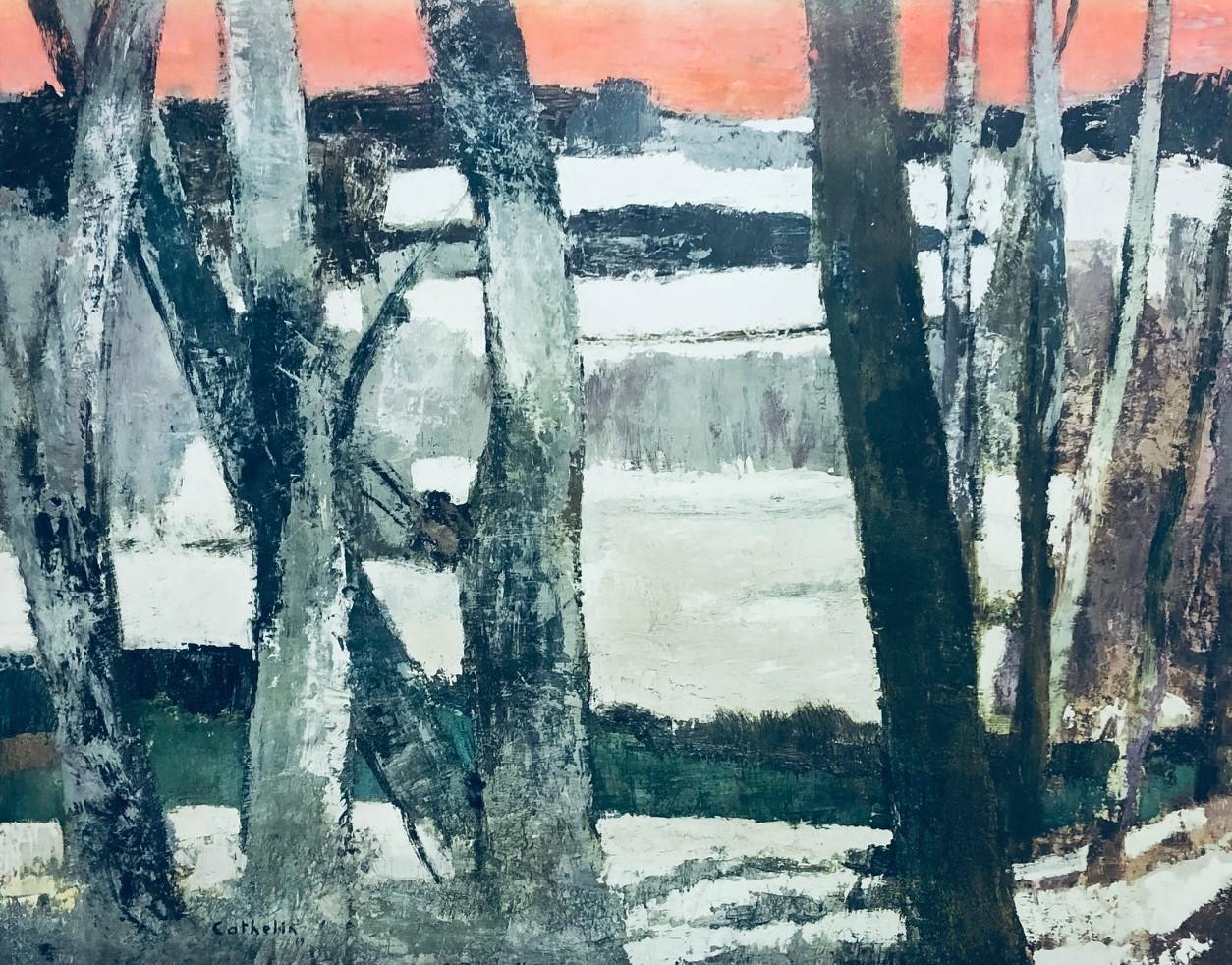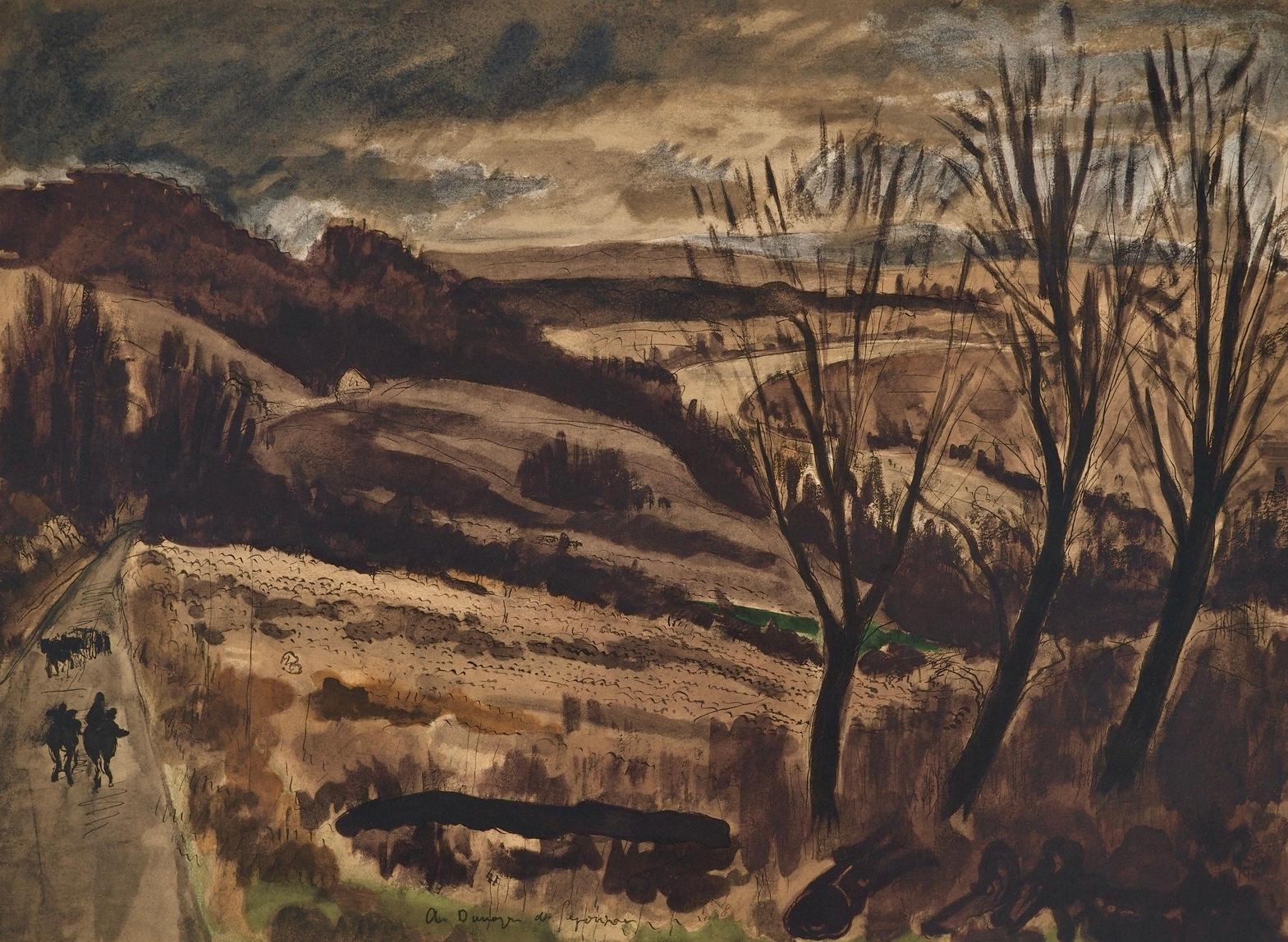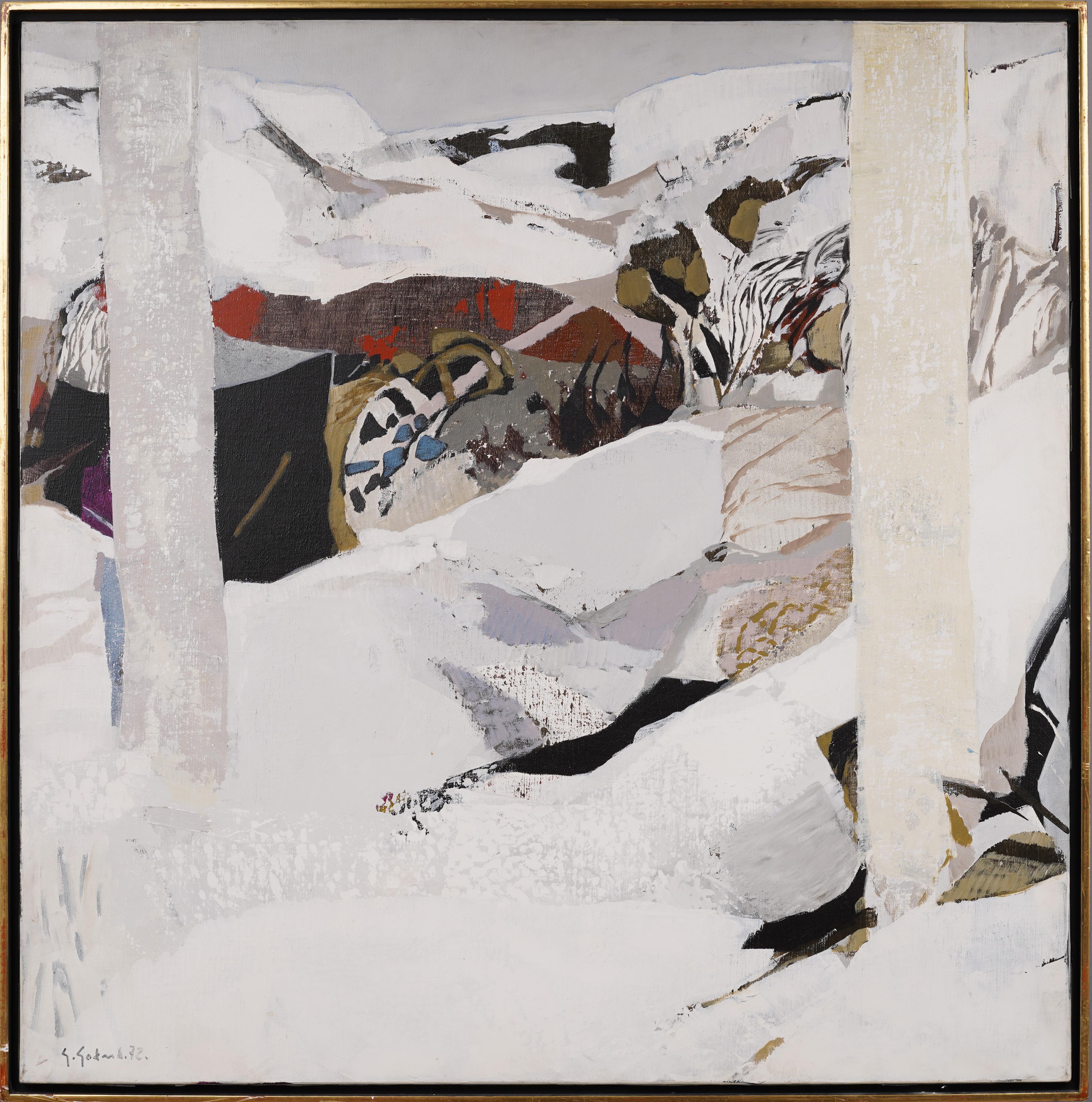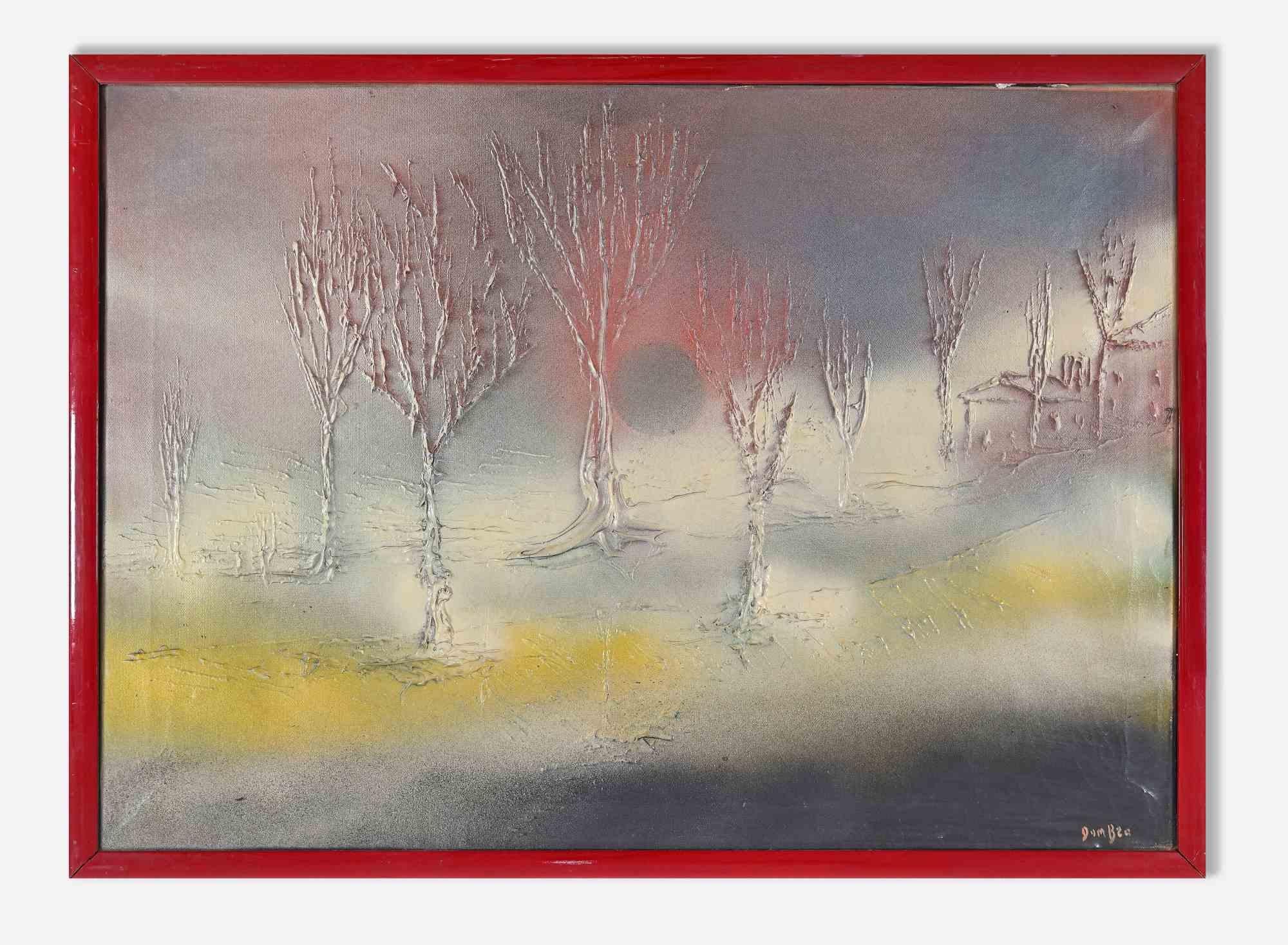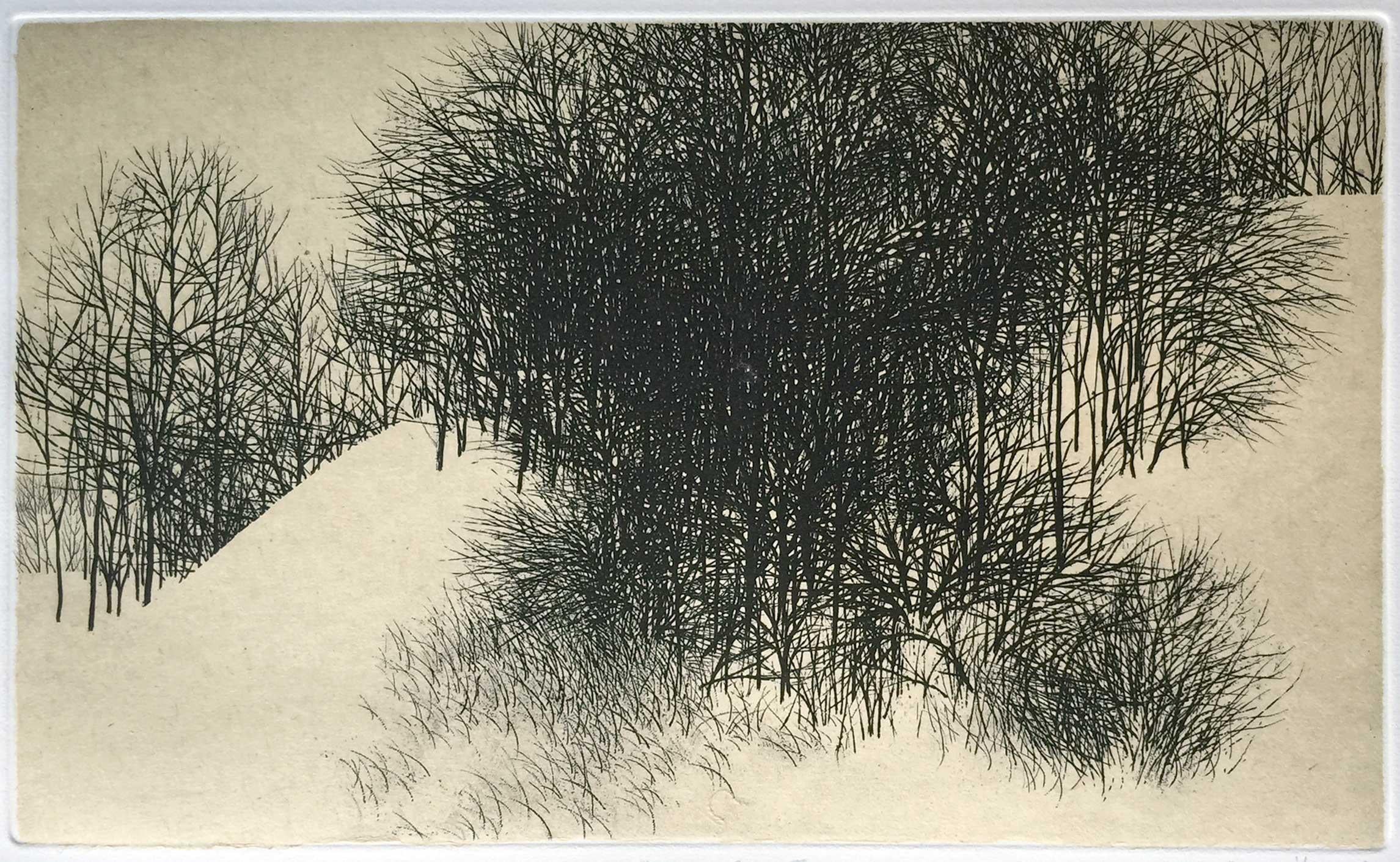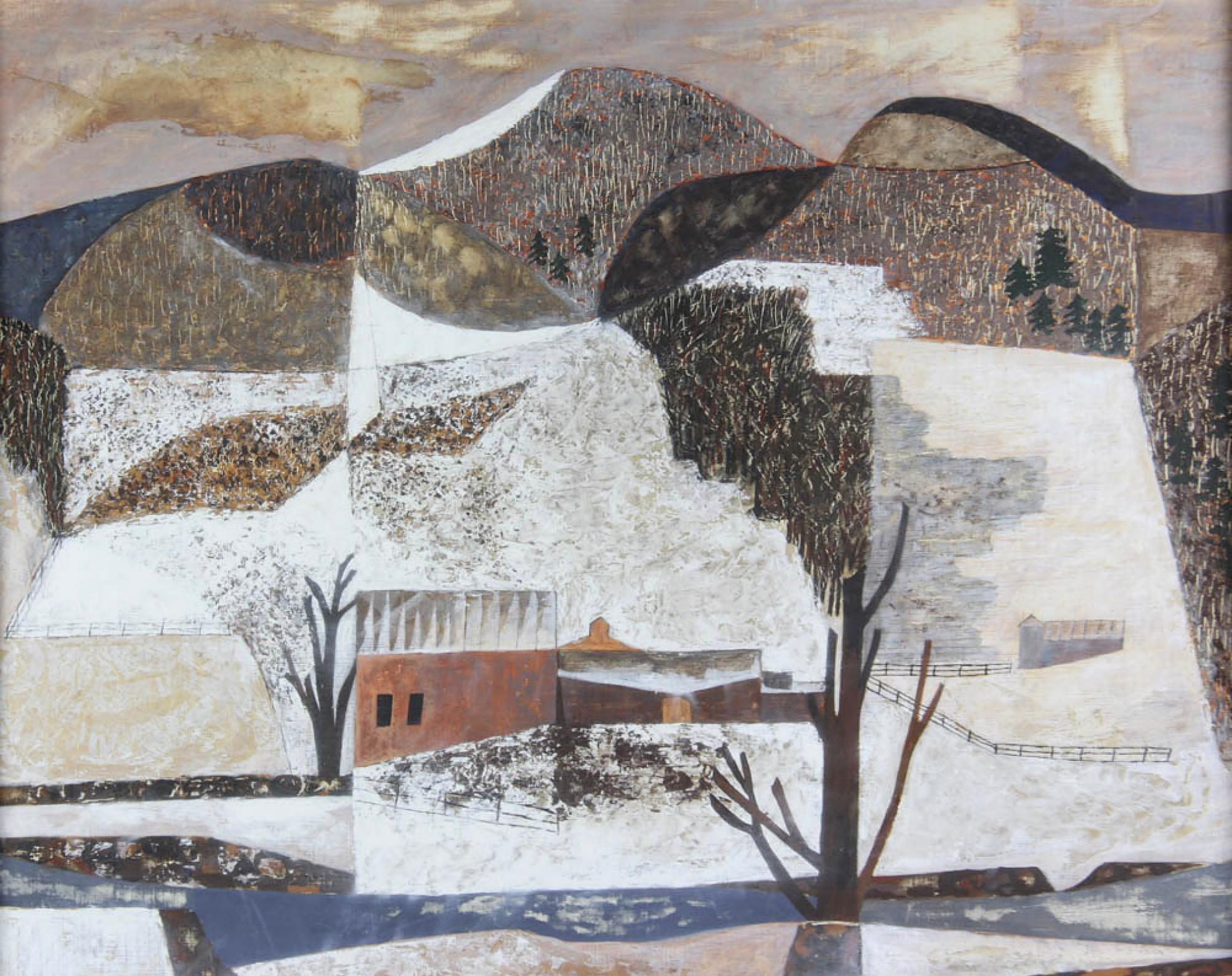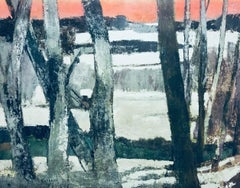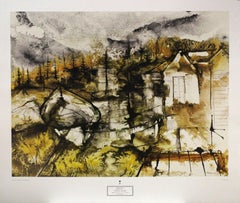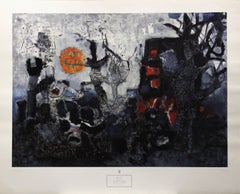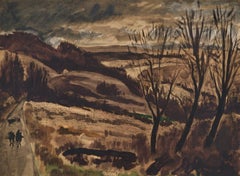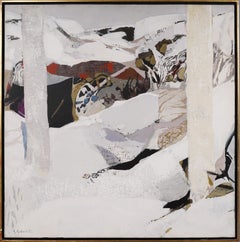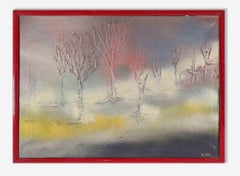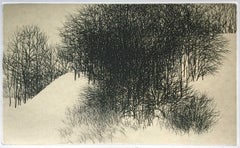Items Similar to Winter Landscape Near DamMartin-Poster, New York Graphic Society.
Want more images or videos?
Request additional images or videos from the seller
1 of 6
Bernard CathelinWinter Landscape Near DamMartin-Poster, New York Graphic Society.Unknown
Unknown
$200
$25020% Off
£150.39
£187.9820% Off
€173.89
€217.3720% Off
CA$282.26
CA$352.8220% Off
A$306.26
A$382.8320% Off
CHF 162.47
CHF 203.0820% Off
MX$3,760.86
MX$4,701.0820% Off
NOK 2,009.17
NOK 2,511.4720% Off
SEK 1,902.69
SEK 2,378.3620% Off
DKK 1,298.04
DKK 1,622.5520% Off
About the Item
Copyright New York Graphic Society, Inc. Printed in Switzerland. Measures 39 x 25.5 inches and is unframed. The piece is in Good/Fair Condition-wrinkling/discoloration consistent with age and handling (primarily in the white border).
- Creator:Bernard Cathelin (1919-2004, French)
- Creation Year:Unknown
- Dimensions:Height: 39 in (99.06 cm)Width: 25.5 in (64.77 cm)
- Medium:
- Period:
- Framing:Framing Options Available
- Condition:
- Gallery Location:Chesterfield, MI
- Reference Number:1stDibs: LU126316941022
Bernard Cathelin
Bernard Cathelin was a French painter born in Paris and a member of the School of Paris which included Picasso, Chagall, Matisse, Dufy and many others including Maurice Brianchon, Cathelin's teacher at the Ecole Nationale Supérieure des Arts Décoratifs.
About the Seller
4.8
Vetted Professional Seller
Every seller passes strict standards for authenticity and reliability
Established in 2013
1stDibs seller since 2019
331 sales on 1stDibs
Typical response time: 19 hours
- ShippingRetrieving quote...Shipping from: Chesterfield, MI
- Return Policy
Authenticity Guarantee
In the unlikely event there’s an issue with an item’s authenticity, contact us within 1 year for a full refund. DetailsMoney-Back Guarantee
If your item is not as described, is damaged in transit, or does not arrive, contact us within 7 days for a full refund. Details24-Hour Cancellation
You have a 24-hour grace period in which to reconsider your purchase, with no questions asked.Vetted Professional Sellers
Our world-class sellers must adhere to strict standards for service and quality, maintaining the integrity of our listings.Price-Match Guarantee
If you find that a seller listed the same item for a lower price elsewhere, we’ll match it.Trusted Global Delivery
Our best-in-class carrier network provides specialized shipping options worldwide, including custom delivery.More From This Seller
View AllMorin Valley In The Snow-Poster, New York Graphic Society. Printed in U.S.A.
By Bernard Cathelin
Located in Chesterfield, MI
Poster. 1971 New York Graphic Society Ltd. Printed in U.S.A. Measures 31.25 x 36.75 inches and is unframed. The image is in Very Good Condition. The white border has discoloration/su...
Category
1970s Landscape Prints
Materials
Lithograph
Coastal Autumn-Poster. New York Graphic Society Ltd. Printed in Switzerland
By William Thon
Located in Chesterfield, MI
Poster. New York Graphic Society Ltd. Printed in Switzerland. Measures 25.5 x 30.25 inches and is Unframed. Good/Fair Condition-creasing/discoloration primarily in the white border.
Category
1970s Landscape Prints
Materials
Lithograph
"Winter" Framed Lithograph, Signed by Artist
Located in Chesterfield, MI
"Winter" is a lithograph by the artist Larsen. It measures approximately 15.25 x 25.25 inches framed. It is signed. The date of creation is unknown, but is believed to be within the ...
Category
Late 20th Century Landscape Prints
Materials
Lithograph
$400 Sale Price
20% Off
Twilight-Poster, New York Graphic Society. Printed in Switzerland.
By Antoni Clavé
Located in Chesterfield, MI
Copyright New York Graphic Society. Printed in Switzerland. The poster measures 28.5 x 35.5 inches and is unframed. The piece is in Good/Fair Co...
Category
Late 20th Century Abstract Prints
Materials
Lithograph
$225 Sale Price
35% Off
It's Spring Again-Poster, New York Graphic Society. Printed in U.S.A.
Located in Chesterfield, MI
Copyright New York Graphic Society, Ltd. Printed in U.S.A. Measures 34 x 25.5 inches and is unframed. The piece is in Good/Fair Condition-discoloration/wrinkling/surface abrasions co...
Category
1970s Abstract Prints
Materials
Lithograph
Overgrown Quarry-Poster. New York Graphic Society Ltd. Printed in Switzerland
By William Thon
Located in Chesterfield, MI
Overgrown Quarry-Poster. New York Graphic Society Ltd. Printed in Switzerland. Measures 25.5 x 30 inches and is Unframed. Good/Fair Condition-creasing/discoloration primarily in the ...
Category
1970s Landscape Prints
Materials
Lithograph
You May Also Like
de Segonzac, Paysage d'Hiver, Collection Pierre Lévy (after)
By André Dunoyer de Segonzac
Located in Fairfield, CT
Medium: Lithograph on vélin d'Arches paper
Year: 1967
Paper Size: 20 x 26 inches
Inscription: Signed in the plate and unnumbered, as issued
Notes: From the folio, Dunoyer de Segonzac...
Category
1960s Modern Landscape Prints
Materials
Lithograph
$716 Sale Price
20% Off
Antique French Modernist Winter Abstract Landscape Exhibited Signed Oil Painting
Located in Buffalo, NY
Vintage signed abstract landscape painting by Gabriel Godard (Born 1933).
Oil on canvas. Framed. Exhibited.
Category
1960s Abstract Expressionist Abstract Paintings
Materials
Canvas, Oil
Winter Landscape - Paint by Dumbra - Late 20th Century
Located in Roma, IT
Winter Landscape is an original contemporary artwork realized by the Artist Dumbra in the late 20th Century.
Relief material work (cementite and airbrush with glue).
Hand signed by...
Category
Late 20th Century Modern Landscape Paintings
Materials
Mixed Media
Trees and Snow II
By Peter Milton
Located in Palm Springs, CA
Medium: lift-ground etching and engraving
Edition: 15
Year: 1961
Plate: zinc 9 x 15 inches (22.9 x 38.1 cm)
Paper: Murillo, 16 x 21 inches (40.6 x 53.3 cm)
Signed, titled and number...
Category
2010s Contemporary Landscape Prints
Materials
Etching, Engraving
Landscape in Winter
Located in Miami, FL
At a time when Abstract Expressionism was raging, realist painterJohn Atherton nods his head to the movement with a semi-abstract work. Meticulously rendered and carefully thought o...
Category
1950s Abstract Geometric Landscape Paintings
Materials
Oil
Trees and Snow II, by Peter Milton
By Peter Milton
Located in Palm Springs, CA
Medium: lift-ground etching and engraving
Edition: 15
Year: 1961
Plate: zinc 9 x 15 inches (22.9 x 38.1 cm)
Paper: Murillo, 16 x 21 inches (40.6 x 53.3 cm)
Peter Milton is internati...
Category
2010s Contemporary Landscape Prints
Materials
Engraving, Etching
More Ways To Browse
Vintage Baby Portraits
Vintage Boxing Painting
Vintage Womens Pins
18th Century Dog Paintings
Acrylic Flower Sculpture
Bay Area California Artist
Celotto Afro
Charles Church
Charpentier Georges
Cycladic Art
Emperor Penguin
English Country House Painting
Expressionist Clay Sculpture
French Military Paintings
Frilli Gallery
Glass Cube Sculpture
Grinling And Gibbons
Helen Of Troy
